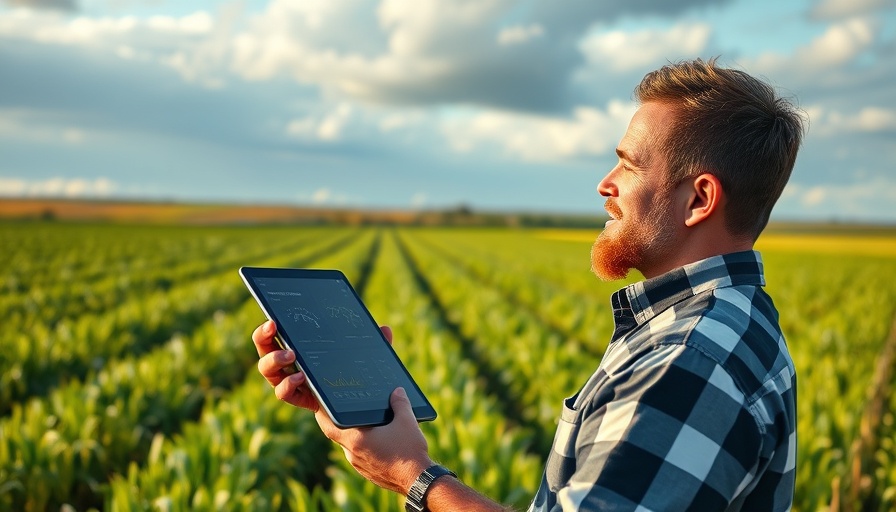
The Transformative Power of AI in Weather Forecasting
For small business owners, especially those in agriculture, the benefits of accurate weather forecasting cannot be overstated. As we face increasing threats from climate change, the pressure to make informed planting decisions becomes more critical. Farmers must often navigate erratic weather patterns that can severely affect crop yields. This challenge is now being addressed with technological advancements; specifically, artificial intelligence (AI) is transforming weather forecasting to be more accurate and accessible.
Why Accurate Weather Forecasting Matters
Farmers rely on weather information to guide essential decisions. In many low- and middle-income countries, unreliable forecasts can mean the difference between a successful harvest and financial ruin. Traditional systems, designed to simulate atmospheric conditions, are often cost-prohibitive, requiring advanced computational facilities that are lacking in many regions. This has sidelined many farmers, particularly those who lack the resources to stay abreast of weather developments.
AI-Powered Models: A Game Changer
Enter AI-powered weather forecasting models. Unlike conventional methods, these models leverage deep learning and machine learning to assess and predict weather patterns with remarkable speed and accuracy. They have changed the forecasting landscape since 2022, enabling national meteorological agencies to produce forecasts with a significantly lower resource investment. Models like Pangu-Weather and GraphCast have demonstrated that weather predictions can be made not only locally and in real-time but also by using consumer-level computing resources.
Cost-Effectiveness and Accessibility for Farmers
The new AI systems can provide localized predictions, offering farmers the real-time updates they desperately need. This technology significantly lowers operational costs, allowing national meteorological agencies in developing nations to access detailed weather forecasts without financial strain. The efficiency of AI means that these agencies can now ensure farmers are informed about impending rainfall, temperature changes, and other vital information.
Overcoming Barriers for Implementation
While the potential of AI in weather forecasting is immense, the true challenge lies in deployment. Ensuring that farmers receive timely and accurate weather data demands investment in technology and training. Many regions lack the robust telecommunications infrastructure necessary to disseminate these forecasts effectively. Steps must be taken to bolster these systems for widespread use.
Potential Future Impact on the Agriculture Sector
Beyond just improving forecasts, AI tools can also help farmers make better choices regarding crop selection and planting schedules, maximizing yields and minimizing waste. As these technologies gain traction, they can enhance sustainability within farming practices, making them more resilient to climatic shifts.
Conclusion: An Opportunity Awaits
For small business owners in agriculture, the advent of AI-enabled weather forecasting presents a crucial turning point. With the right investment and infrastructure, we can empower farmers around the globe to adapt to changing climates, secure their livelihoods, and contribute to a sustainable agricultural future. Integrating these advanced tools is not just beneficial; it's essential amid evolving weather patterns.
 Add Row
Add Row  Add
Add 




Write A Comment